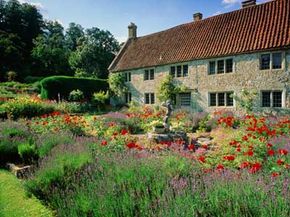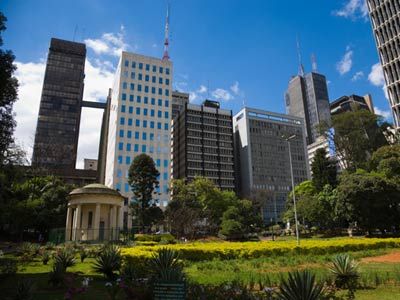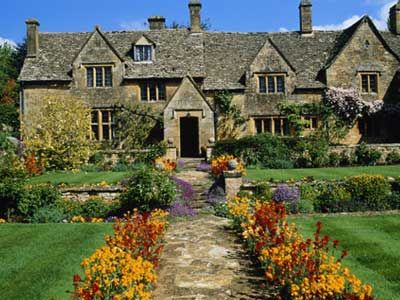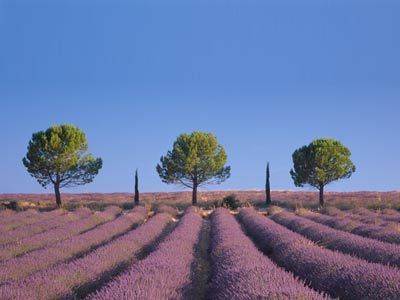Let's say there's some old farmland just outside of town. No one has tended the land in decades. It's overgrown, ugly and, quite literally, a waste of space. People around town have been talking about what to do with the land but there's no obvious answer. What's the solution? You may want to consider hiring a rural landscape designer.
Urban landscape design's primary purpose is to beautify urban areas for functionality. Rural landscape design works the same way to create residential and non-residential areas that are in harmony with their surroundings, yet add usability and functionality to open spaces where these things were previously limited or non-existent.
Advertisement
Rural landscape design incorporates the opinions of local residents into new developments that enhance the surroundings, create or maintain natural resource availability and make those resources accessible. The goal is to create community goals and meet them the best way possible. Subdivisions built on old farmland, parks and recreation areas and villages established to highlight cultural life and invite tourism are all examples of the benefits of rural landscape design.
Frederick L. Olmstead played an integral part in developing what we now call landscape design. In 1868, Olmstead and Calvert Vaux designed an interconnected park system in Buffalo, New York, where city dwellers could go to "refresh and delight the eye, and through the eye, the mind and the spirit." Olmstead's park system inspired new landscape designs all around the country [source: Buffalo Olmstead Parks Conservancy].
In this article, we'll cover the regulations, planning and features of rural landscape design. If you know about a patch of unused land somewhere, read on to learn how to beautify it.
Advertisement



